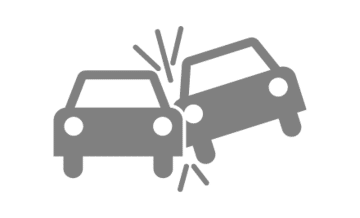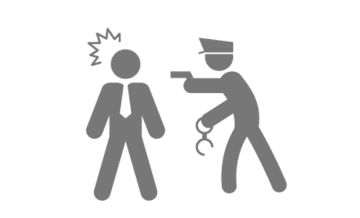Basic Rules of the Road Explained
The rules of the road are at the core of every car accident case. Let us explain some of the basics.
What are the Rules of the Road?
Car accidents happen in many different ways. Whether the accident happened at a traffic light, stop sign or some other way, there are specific rules that apply. Here are some important things you need to know about car accident liability, if you were involved in a car accident.
Although there are many rules that drivers must obey, the basic rule is simple: all drivers must exercise reasonable care when driving. Reasonable care means the level of care that you would expect of a reasonable driver in a similar situation. This usually means that you are expected to:
- Maintain a safe speed;
- Have control of your vehicle;
- Keep alert for circumstances that could be dangerous; and
- Use reasonable care to avoid an accident.
In addition to these general rules, however, there are many specific rules that drivers must follow depending on the circumstances that apply.

Have a Question About Your Car Accident Case? CALL OUR OFFICE, or Simply Fill Out a CASE INTAKE FORM.
What are the Rules for a Rear End Car Accident?
A rear end car accident occurs when another car hits you from behind. This is a common type of car accident. Most of the time, the car hit from behind is never at fault for the accident. Part of safe driving includes leaving enough space between your car and the car in front of you to allow for a safe stopping distance. In this type of case, it is usually easy to prove who is at fault for the accident. In fact, sometimes the Court will find in favor of the vehicle that was rear ended as a matter of law.
There are times, however, when the car hit from behind may also be responsible for the accident. This can happen when, for example, the vehicle struck from behind has malfunctioning tail lights or stops abruptly without sufficient warning.
What are the Rules for Left-Turn Collisions?
A left-turn collision occurs when a car attempts to turn left through an intersection and crashes with another car. In general, cars driving straight through the intersection have the right of way. As a result, drivers making a left turn are generally required to stop and yield to vehicles in, or approaching the intersection. When they fail to do so, they are responsible.
What are the Rules for an Accident at a Stop Sign?
Drivers approaching a stop sign are required to come to a full and complete stop at a stop sign. While stopped, drivers at must look for, and yield to, cars in or approaching the intersection. When a driver fails to stop at a stop sign, or yield to another driver in or approaching the intersection, the driver is responsible for the accident.
What are The Rules for an Accident at a Traffic Light?
Drivers at a traffic light are required to stop at red lights. A green light does not automatically mean, however, that the driver can proceed. Instead the law provides that a green light is an invitation to proceed, provided it is safe to do so. As a result, proving that you have a green light does not mean you automatically win a case involving a traffic light. Instead, you must demonstrate that you also acted reasonably in proceeding.
What are the Rules for an Accident Involving a Pedestrian?
Pedestrians have the right of way when walking in a crosswalk. When a pedestrian has the right of way, approaching vehicles must yield to the pedestrian. In fact, drivers are legally required to slow down or even stop, to allow pedestrians to cross in a crosswalk. If the accident happened outside of the crosswalk, however, the law flips this requirement and provides that pedestrians must yield to drivers. Regardless of who has the right of way, however, both the pedestrian and driver are still required to exercise reasonable care to avoid the accident.
What is Comparative Negligence?
In some cases, fault for the accident may be shared. Under the rules of comparative negligence, the jury is asked to decide the percentage of fault of each person involved. For example, one driver could be found 25% at fault for the accident, while the other found to be 75% at fault. As a result, one driver pays 25% of the total verdict, while the other pays 75% of the total verdict.
Lawyers24-7.com | Ask Questions – Get Answers
If you have any questions concerning a car accident, contact our experienced car accident lawyers by email or by calling (800) 762-9300. You can also get started by simply filling out one of our car accident case intake forms and we will have one of our attorneys get right back to you.
You Might Also Be Interested In:









